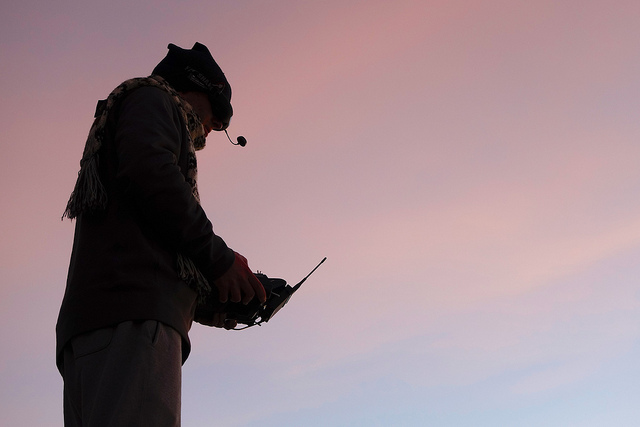Sea State
Japan’s Defense Ministry plans to build two new destroyers armed with Aegis’ upgraded Ballistic Missile Defence system, which is capable of shooting down both high-altitude ballistic missiles and low-altitude anti-ship missiles. The first of the new vessels is scheduled to be commissioned in 2020, but before that, two of Japan’s older destroyers will be fitted out with the system.
The Diplomat has released a breakdown of how much China’s warships actually cost, focusing on the PLAN’s Type 054A frigate. The final figure—US$365 million a pop—is equivalent to the annual salaries of 64,000 junior PLA officers.
Also in the Asia–Pacific, Indonesia’s Chief of Navy, Admiral Ade Supandi, announced that his service will be reviving an anti-submarine warfare aviation squad that was last active in the 1970s. The establishment of squadron doesn’t have a date yet, but will likely be commissioned at the same time as the 11 AS-565 MBe Panther helicopters, within the next three years.
And finally, check out Subrata Ghoshroy’s piece for The Bulletin on whether the US Navy’s laser weapon plans are realistic. He references the tests that took place last December, stating that they ‘look like they were conjured up in a hurry—perhaps to impress those in charge of the purse strings’.
Flight Path
Are mini drones still annoying you? The Germans have created lasers capable of identifying, tracking and precisely knocking out mini drones at a 3 km range. The laser weapons system is expected to reach a 5 km range when it achieves operational status in five years. However the cost of lasers, as well as the risks associated with burning small UAVs in urban areas, still remain serious weaknesses.
Turning now to the mental health of drone pilots, Defense One recently spoke to a psychologist working with US drone pilots at the Creech Air Force base in Nevada, who found that the vast majority of pilots aren’t being traumatised by what they’re seeing. Many pilots are leaving because of the isolation and lack of ‘dwell time’ from the perpetual frontline deployment. Some pilots are also leaving for the private sector, which offers four times the wage of the Air Force. Despite efforts of the US Air Force to double financial incentives, pilot shortages have pushed a cut in combat air patrols—keeping a drone on target ‘around the clock’—down from 65 to 60.
Rapid Fire
It’s just a few more days until the ASPI Future Force Structure Options conference at QT Canberra, which will run from 24 to 26 June. For those who can’t make it, keep an eye on the ASPI Twitter account @ASPI_org, and use #FutureForce2015 to contribute to the discussion.
America’s controversial decision to train Syrian rebels as part of its strategy to combat Islamic State has been in operation for over a month now. Pentagon spokesman Army COL Steve Warren indicated that fewer than 200 Syrian rebels have begun training, with hopes that the number will increase to 3000 by the end of the year.
A report from the Afghanistan Analysts Network called ‘Reach the Women’, discusses the motivations behind the US Female Engagement and Cultural Support Teams operating in Afghanistan between 2009 and 2012. The report highlights the military purpose behind the strategy, saying that regardless of the altruistic appearance it was first and foremost ‘something the Americans needed to help the military effort’.
Finally, Chinese military deployments of troops and tanks along its border with North Korea to counter defections and stem violent incidents, as reported last month, appear to be starting to take effect. Mid-last week a teenage North Korean soldier attempted to defect to South Korea across the risky DMZ, instead of using the usual route to China.


